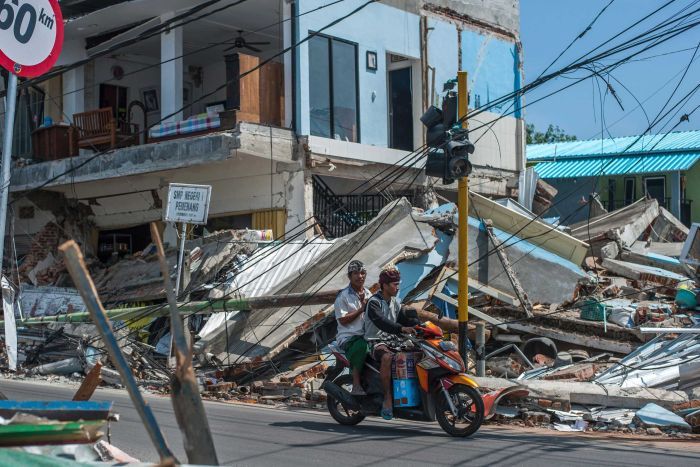Indonesia was recently affected by a massive earthquake and tsunami that devastated parts of Sulawesi and killed more than 1,400 people. Social media platforms were filled with fake news and rumours were spreading that showcased a damaged dam and predicted further earthquakes in the country.
Rumours of the damaged dam, as well as graphic photos, were circulating on social media platforms such as Facebook and Twitter. However, the visuals were of bodies and rescue efforts from earlier disasters, including the Boxing Day tsunami of 2004. In addition to these, rumours also spread about an impending earthquake, far more devastating than the earthquake that impacted the country in September 2018.
The eruption of Mount Soputan on Sulawesi island in the days following the tsunami lead to social media users posting footage of volcanic eruptions and dramatic lava flows which were not related to Indonesia.
The Ministry of Information and Communication of Indonesia were quick to respond through two separate press releases countering these hoaxes spread on social media. The government has released a list of eight instances of reports being spread on social media and chat platforms which it says are incorrect. The country's national disaster agency spokesman has posted messages countering these rumours on his Twitter account, and his tweets have been shared thousands of times.
In addition, with more hoaxes and fake news likely to surface in the days following the tsunami disaster and subsequent volcano, the government has appealed to the public to be its eyes and ears on social media.
Assessment
Our assessment is that the news was a fake narrative and kudos to the government who played a vital role in combating the spread of fake news. Its timely interventions to provide awareness to sensitise the citizens are commendable. We believe that fake news must be countered instantaneously by developing counter-narratives and be disseminated ideally through the same channel in which the fake news originated.







Comments